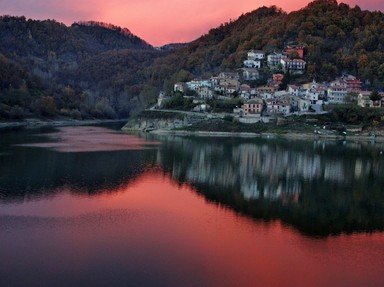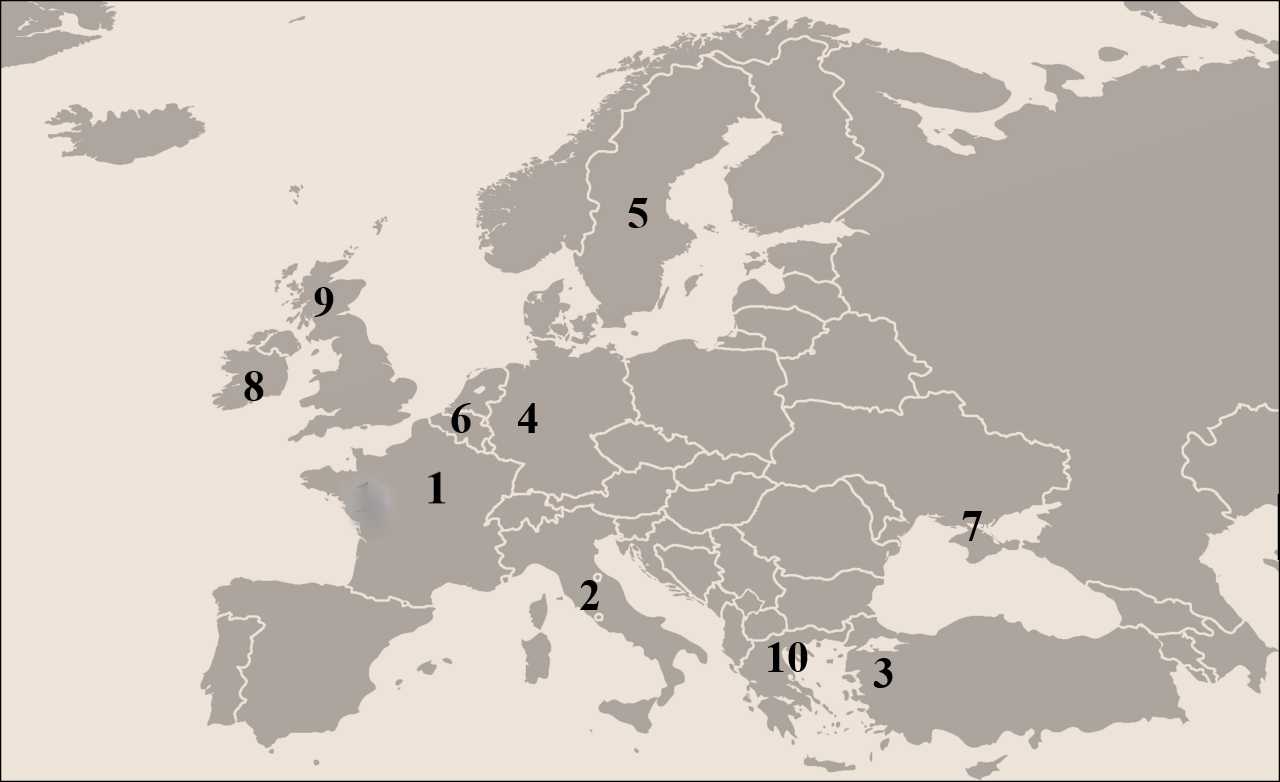
Made in Europe Trivia Quiz
This quiz is dedicated to things that are associated with various places in Europe. Can you match each of these items with their place of origin?
A label quiz
by LadyNym.
Estimated time: 3 mins.


| 1. |
| 2. |
| 3. |
| 4. |
| 5. |
| 6. |
| 7. |
| 8. |
| 9. |
| 10. |